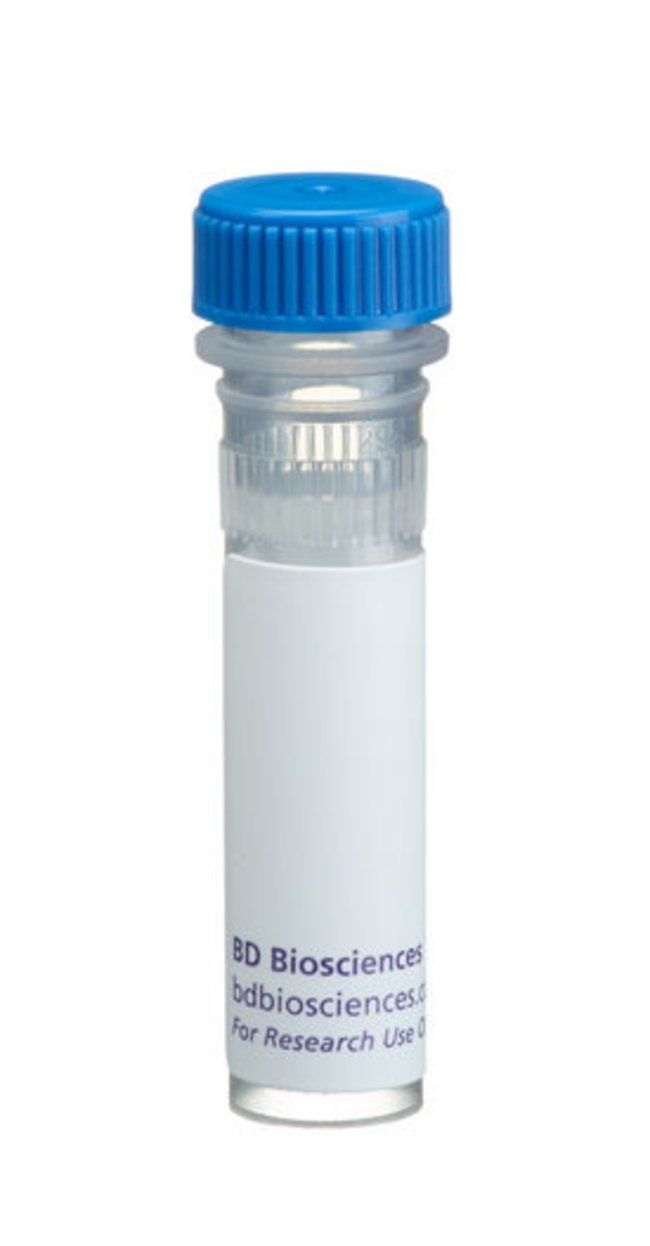Cdk1/Cdc2 (pY15) Mouse, Unlabeled, Clone: 44, BD, Mouse Monoclonal Antibody, Each

Details:
Progression of the mammalian cell cycle is regulated by phosphorylation of many key proteins. Several classes of cyclins (A-E) act as regulatory subunits for cyclin-dependent kinases (cdks). Cdk1/Cdc2 (p34 [cdc2]) is the catalytic subunit of the maturation promoting factor (MPF), which includes the regulatory subunit cyclin B. During late S and G2 phase, cyclin B synthesis increases, allowing it to bind Cdc2. This begins the transition into M-phase of the mammalian cell cycle by initiating a series of phosphorylation and dephosphorylation events that lead to activation of the Cdc2/cyclin B complex. After binding to cyclin B, cdc2 is phosphorylated on Thr-14, by Myt1, and Tyr-15, by wee1 or mik1, yielding an inactive pre-MPF complex during G2 phase. Phosphorylation of cdc2 on Thr-161 is performed by a cdk7/cyclin H complex and is necessary for activation of the cdc2 complex. Dephosphorylation of Thr-14 and Tyr-15 by CDC25 occurs at the end of G2 phase and completes activation of the cdc2/Cyclin B complex and facilitates entry into mitosis. During mitosis, cyclin B is targeted for degradation and Cdc2 becomes inactive again.Immunofluorescence, Western Blotting
Additional Information
| SKU | 10135547 |
|---|---|
| UOM | Each |
| UNSPSC | 12352203 |
| Manufacturer Part Number | 612306 |
